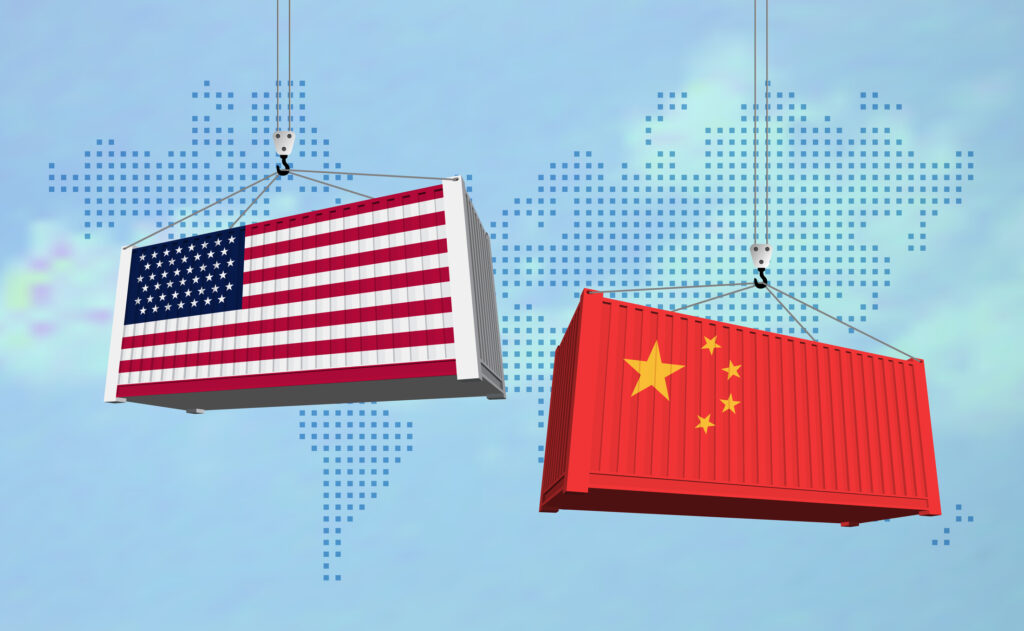
We think the Biden administration should keep them in place.
The office of the American president is not a sleepy office. There’s a lot that comes across their desk. For example – and this is just off the top of my head — the White House last week issued an executive order calling on the government to examine the burgeoning cryptocurrency market. Then President Biden banned imports of Russian oil in response to that country’s invasion of neighboring Ukraine. Meanwhile, the president continues to press Congress to pass the big industrial policy bill to better position American businesses to compete with the Chinese economy (don’t forget to tell your lawmakers to make sure the bill includes the Leveling the Playing Field Act 2.0). And now there’s news that White House tours are gonna start back up! That means kids walkin’ around again, asking annoying questions:
You know what they say: There’s no rest for the weary. So it comes as no surprise that the Biden administration must now quickly turn to a review of the hundreds of billions of dollars of tariffs on Chinese imports erected in July 2018 by the Trump administration.
Those tariffs, applied under Section 301 of the Trade Act of 1974, were put up after the U.S. Trade Representative (USTR) correctly identified longstanding problems with intellectual property (IP) protections in China that have severely damaged U.S. manufacturers across a range of products and market sectors.
But! The law stipulates the tariffs expire four years after their imposition unless USTR “analyzes their effectiveness and consequences,” Bloomberg noted a few weeks ago. And the review must happen within 60 days of their expiration. Here’s Bloomberg:
The Biden administration has given no signal of plans to remove the tariffs, even with inflation running above 7% and prices from energy to wheat surging after Russia’s invasion of Ukraine tightened commodity supplies.
Trump slapped the tariffs on China as part of a trade war that saw duties imposed on almost $500 billion in products shipped between the two nations. In early 2020, they agreed to the so-called phase one deal, with the U.S. reducing some tariffs in exchange for Beijing pledging to address intellectual property theft and buy $200 billion in energy, farm and manufacturing goods along with services through last December.
Biden has kept the tariffs in place one year into his presidency as data continually showed China falling far short of U.S. purchase commitments. That has increased the chances that the levies will become a more permanent part of the trade landscape.
This isn’t getting a lot of coverage as other things have the world’s attention right now. But interests are lining up on either side of these tariffs – to either tear them up or keep them in place. And, this is probably obvious, but you know which side we’re gonna come down on.
Because, c’mon, now is not the time to lift tariffs. In the immediate aftermath of a supply chain crunch caused by a pandemic that revealed our national inability to make everything from face masks to semiconductor chips, our focus should be growing the American manufacturing footprint. The focus should not be on making it easier to import goods from a state that soaks its manufacturing sector in subsidies and runs supply lines through a province dotted with forced labor camps. Review the tariffs, perhaps make some incredibly precise tweaks, sure. But keep them in place, and continue to rebuild America’s domestic manufacturing sector.
